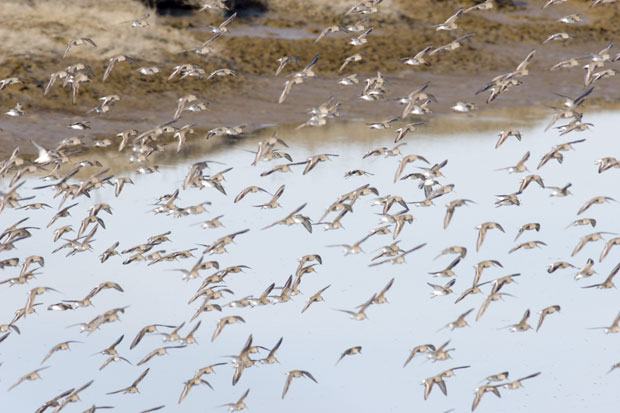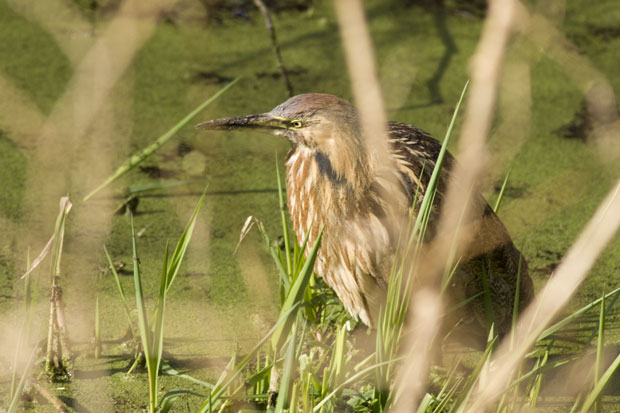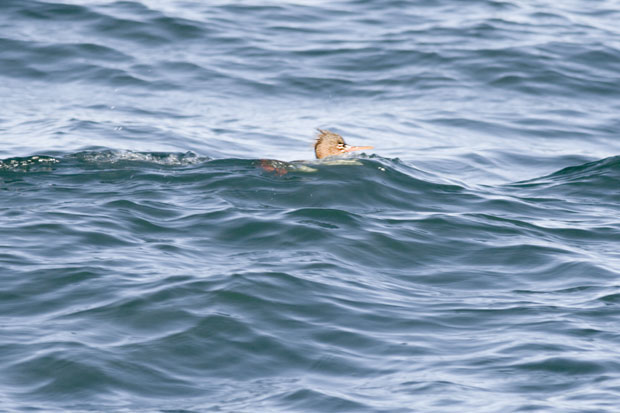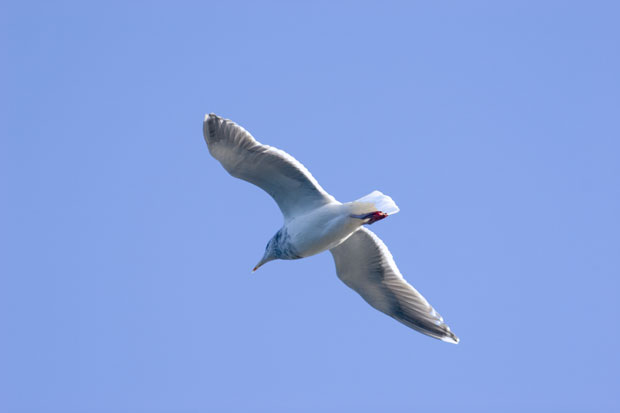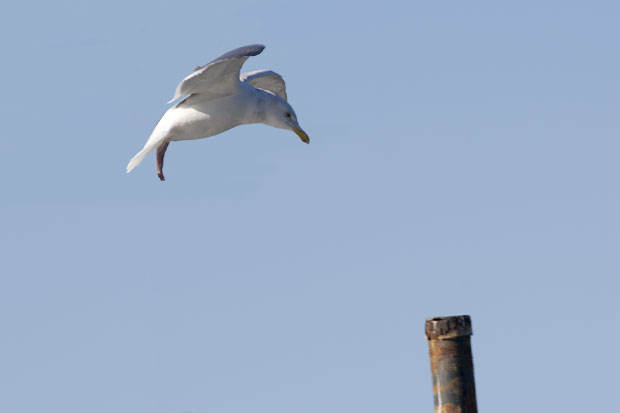David Wagoner has a new book of poetry out already, so I thought I’d better finish The House of Song, copyright 2002, that I bought right after it appeared on my local bookstore’s shelf. Wagoner is so prolific that I sometimes doubt I’ll ever finish his latest book before the next one comes out.
I still think Wagoner is a vastly underrated nature poets, and I’ve even gone so far as to refuse to buy collections of “nature�? poetry that don’t include at least one of his poems. I also suspect, and have probably said it here before, that if he weren’t so prolific and didn’t write on such wide-ranging topics that his nature poetry would receive more of the attention it deserves.
Despite the fact that he’s probably my favorite contemporary poet, even I’ll admit I could easily do without a great many of the poems in this book. I’ve finally accepted this as the price I have to pay for the poems that I do love because if he didn’t write so prolifically I’d have to wait years for the poems I do love because I so seldom get to read “poetry�? magazines.
I’m surprisingly fond of the poems about his young daughters in this collection, but my favorite poems are still the “nature�? poems. It‘s a close call between “My Father and the Hydrostatic Paradox,�? where a father discovers just how hard it is to stop the flow of water, “For a Mockingbird,�? where the narrator frees a mockingbird he buys in Mexican market, and this one:
WAITING OUT A STORM ON A DESERTED FARM
The door of this farmhouse
Has fallen out of its frame
Flat on the sunken porch
From threshold to first step,
And the gutters and downspouts
Are giving away their share
of a cloudburst. The shake roof
Is down on two cornerstones.
One side of the wire fence
Was a garden once; the other,
A pasture full of brambles
And burrs, now come to call
The garden theirs, and roses
Have crawled over and under
The fence to cultivate
The weeds with another wildness.
The man who gave up here
Dug fifty-six postholes
And filled them with quarter-splits
Of unseasoned cottonwood,
Then strung them with two strands
Of No. 2 barbed wire
To hold the lightest touches
Of snow and meadowlarks,
To bear with the full and empty
Talons of saw-whet owls,
And left them there to whistle
In the wind from the North Pole.
But glistening and glinting
Green in the hard rain,
Six of those posts have sprouted
Branches and put out leaves.
The poem is so simple, so realistic, so zen-like that some readers might not think it’s poetry at all. It’s so photo-realistic that you could almost imagine the same ideas being conveyed in a series of slides. But they couldn’t, of course, unless someone had thought ahead fare enough to take slides before the farm had been abandoned.
No, this is the kind of juxtaposition of images that lends itself perfectly to poetry, as in a good haiku. There’s no need for philosophizing or moralizing because the last image reveals itself in the context of the poem.
Perhaps it helps if you’ve already read Hopkins’ “God’s Grandeur�? or held similar thoughts, but it’s not really necessary if you allow the images to rub against each other and reveal themselves.
Like this:
Like Loading...

